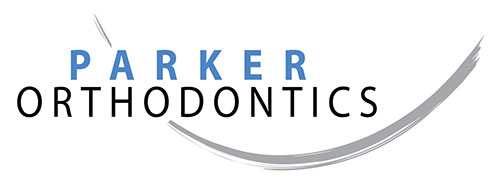Types of Braces
Introduction
Menu
With today's technology, patients now have more options when it comes to wearing braces. While traditional metal braces are still widely used, clear braces, lingual braces and self-ligating braces are becoming increasingly popular along with clear appliances.
Please use the menu to learn more about the types of braces we offer, and speak with your orthodontist to determine which appliance is right for you.

Ceramic braces move teeth just as efficiently as metal braces, except the brackets are clear, so they are less noticeable. They are most popular with adult patients due to their cosmetic appeal. The only drawbacks to ceramic braces are that they are more fragile, and the elastic ties can discolor between orthodontic visits.

Invented by Dr. Dwight Damon, Damon brackets utilize "sliding-door" technology known as self-ligation that allows the wire to slide back-and-forth within the bracket. No elastic or steel ties are used with Damon brackets. This technology creates less friction and results in greater patient comfort. Additionally, Damon braces often reduce both treatment time and the number of adjustments performed.

In-Ovation R is a revolutionary new system of braces that is not only faster for your orthodontist to use, but it can also significantly shorten your treatment time. It's great-looking and smaller for increased patient comfort. Plus, In-Ovation R allows for better oral hygiene than conventional braces.

The Invisalign system is a series of clear overlay templates, or aligners, that have been generated by computer simulation to gradually move teeth. This system is available to patients with certain orthodontic bite problems.

The most common type, metal braces are made of high-grade stainless steel. The brackets, which are bonded to the front of each tooth, are connected by the archwire, which helps guide the teeth into the correct positions. Today's metal braces are smaller, more comfortable and more attractive.
Metal Braces
Metal braces are the most common type. They are made of high-grade stainless steel. Today's metal braces are smaller, more comfortable and more attractive.
Damon® Brackets
Damon® braces were invented by Dr. Dwight Damon. The Damon® bracket utilizes (sliding-door) technology known as "self-ligation" that allows the wire to slide back and forth within the bracket.
No elastic or steel ties are used with Damon® brackets. This technology creates less friction and results in greater comfort for the patient. In addition, Damon® braces often reduce both treatment time and the number of adjustments that are usually performed.
Clear
Ceramic braces are made of translucent (clear) material. They are most popular with adult patients, due to their cosmetic appeal. The only drawback to ceramic brackets is that they are more fragile, and the elastic ties can discolor between orthodontic visits.
Invisalign®
The Invisalign System is a series of clear overlay templates—called aligners—that have been generated by computer simulation to gradually move the teeth. This system is available to adult patients with certain orthodontic bite problems. Ask us if you are a candidate for the Invisalign system.
In-Ovation R
"R" is a revolutionary new system of braces that is not only faster for your orthodontist to use, it also can significantly shorten treatment time. It's great looking and smaller for greater comfort. Plus, it offers better hygiene than conventional braces.
